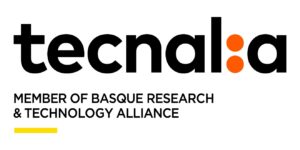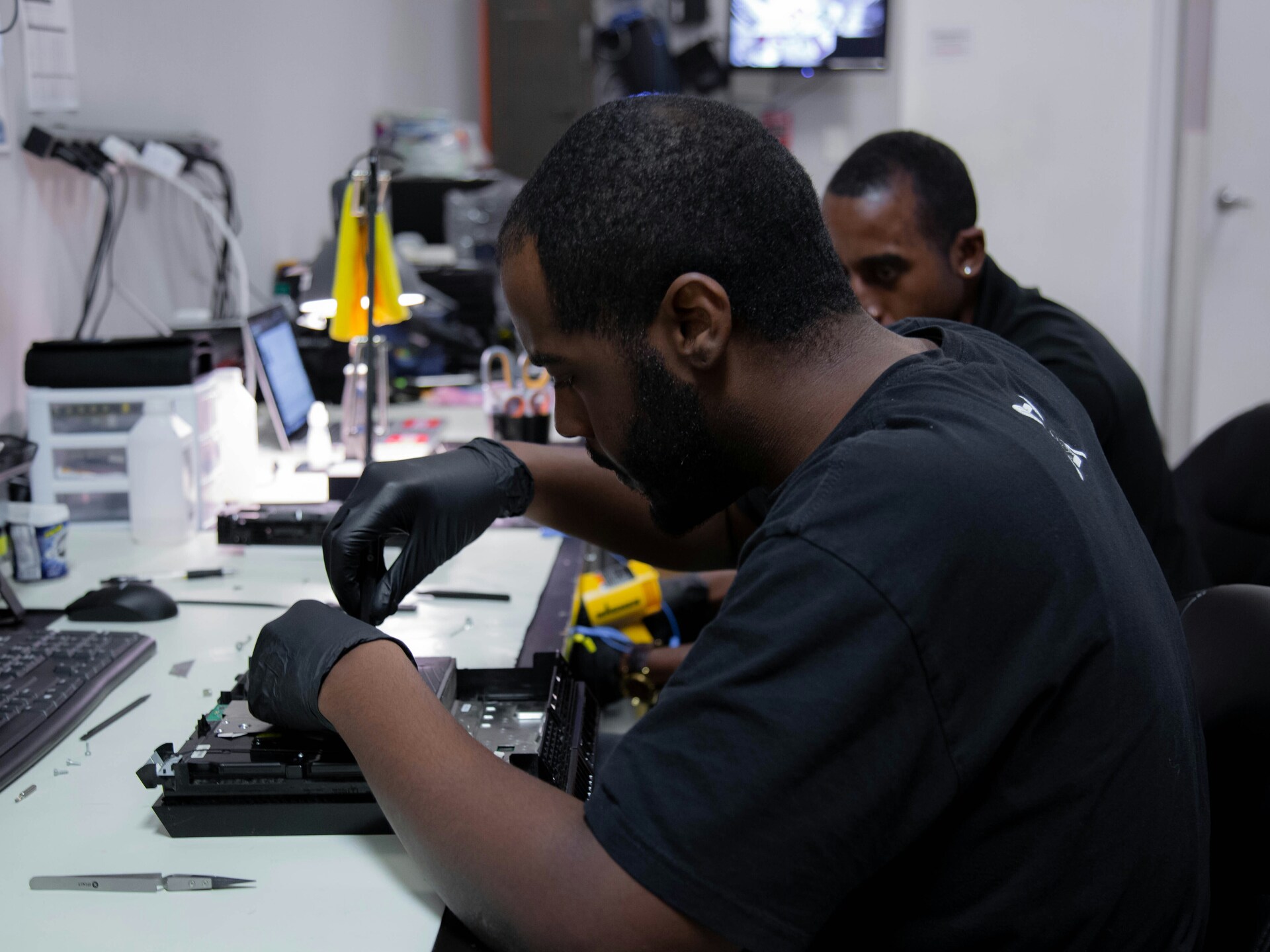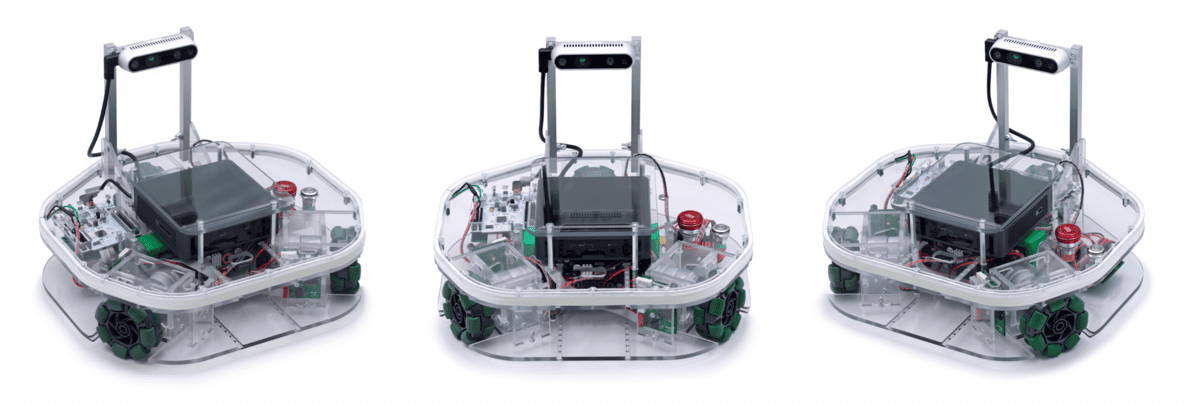Type of course:
Digital learning, Lesson
Language:
EN
Duration:
15 minutes
Workload:
2 hours
Proficiency:
Advanced
Target:
Professionals, Students, Workers
Each type of prototype serves a distinct purpose within the design and development process. While conceptual prototypes validate ideas, experiential prototypes focus on user interaction, and technical prototypes ensure the feasibility and functionality of the proposed solution. The choice of prototype type often depends on the specific goals of the development phase and the insights needed at that stage.
A prototype needs to follow the Rapid Experimentation concept as the smallest, quickest, dirtiest experiment you can run, that helps us avoid waste in the product design process. The idea is prototype to learn fast about the customer and solution hypothesis.
Minimum Viable product (MVP) and Proof of concept (POC) are related concepts that are not the same as a prototype. At least not always.
An example is always revealing when explaining a concept or tool. In this way, the example of prototyping in the launch of Dropbox is presented.
Learning outcomes
- Learner is able to identify the different types of prototypes.
- Learner is able to apply prototyping following the proper phases.
- Learner is able to distinguish between prototyping and other related concepts used in solution development processes.
Course Content
Topics
Transversal Skills, Entrepreneurship










